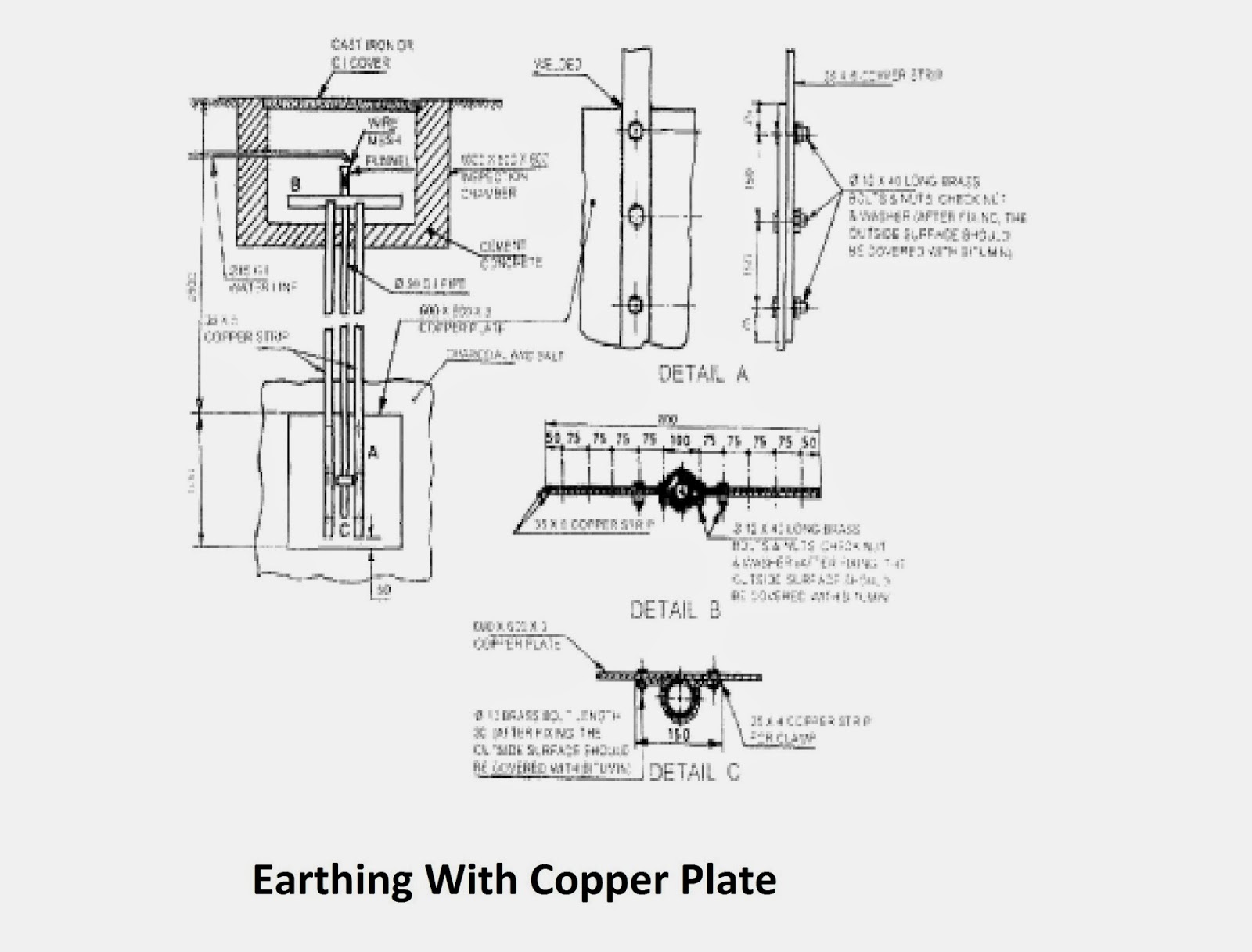Fault current direction, Star- Delta starter faults checking, Return path of electrical circuit
Below are the Most important fundamentals of Electrical Engineering:-
1. Electricity always from Source to load and never ever comes back from load to Source.
2. For current flow there must be Potential difference and current always flows from High potential to low potential.
3. In single phase system whatever current a load draws will return back through Neutral.
4. Capacitor bank current is not active current but it is reactive current so don't confuse.
5. Fault current always flows backwards i.e. if fault occurred at Motor then first it's O/L get tripped not directly causing Transformer tripping. Although current is drawn from Source but fault current always from Fault end to backward as during fault load which draws current that load resistance reduced to very low value due to which high current flows during fault. That is how Electrical system is designed for load fault current.
6. When motor is connected in Delta who has six leads then 2 Electrical supply phases are connected in one motor winding then why not short circuit occurred in that winding? Answer for the same is that due to Resistance of winding. Now again Question arises that if connect only one phase in winding then whole supply voltage comes at other end without any voltage drop then where goes the Resistance? Answer for the same is that for current flow return path must be provided. If there is no return path then that means that path isn't completed and current will not flow.
7. From Above question and Answer it is very much clear that For current flow return Path Must be available i.e. how circuit will be completed now someone ask why circuit to be completed? Answer for the question is that Current always flow whenever there is Potential difference. Now Again question arises that In motor in One winding two phases are applied of Some Potential then why current flows in Motor? Answer for the same is that there is phase difference in Phases due to different phase angles. So never two phases will be at same potential.
1. Electricity always from Source to load and never ever comes back from load to Source.
2. For current flow there must be Potential difference and current always flows from High potential to low potential.
3. In single phase system whatever current a load draws will return back through Neutral.
4. Capacitor bank current is not active current but it is reactive current so don't confuse.
5. Fault current always flows backwards i.e. if fault occurred at Motor then first it's O/L get tripped not directly causing Transformer tripping. Although current is drawn from Source but fault current always from Fault end to backward as during fault load which draws current that load resistance reduced to very low value due to which high current flows during fault. That is how Electrical system is designed for load fault current.
6. When motor is connected in Delta who has six leads then 2 Electrical supply phases are connected in one motor winding then why not short circuit occurred in that winding? Answer for the same is that due to Resistance of winding. Now again Question arises that if connect only one phase in winding then whole supply voltage comes at other end without any voltage drop then where goes the Resistance? Answer for the same is that for current flow return path must be provided. If there is no return path then that means that path isn't completed and current will not flow.
7. From Above question and Answer it is very much clear that For current flow return Path Must be available i.e. how circuit will be completed now someone ask why circuit to be completed? Answer for the question is that Current always flow whenever there is Potential difference. Now Again question arises that In motor in One winding two phases are applied of Some Potential then why current flows in Motor? Answer for the same is that there is phase difference in Phases due to different phase angles. So never two phases will be at same potential.

Comments
Post a Comment